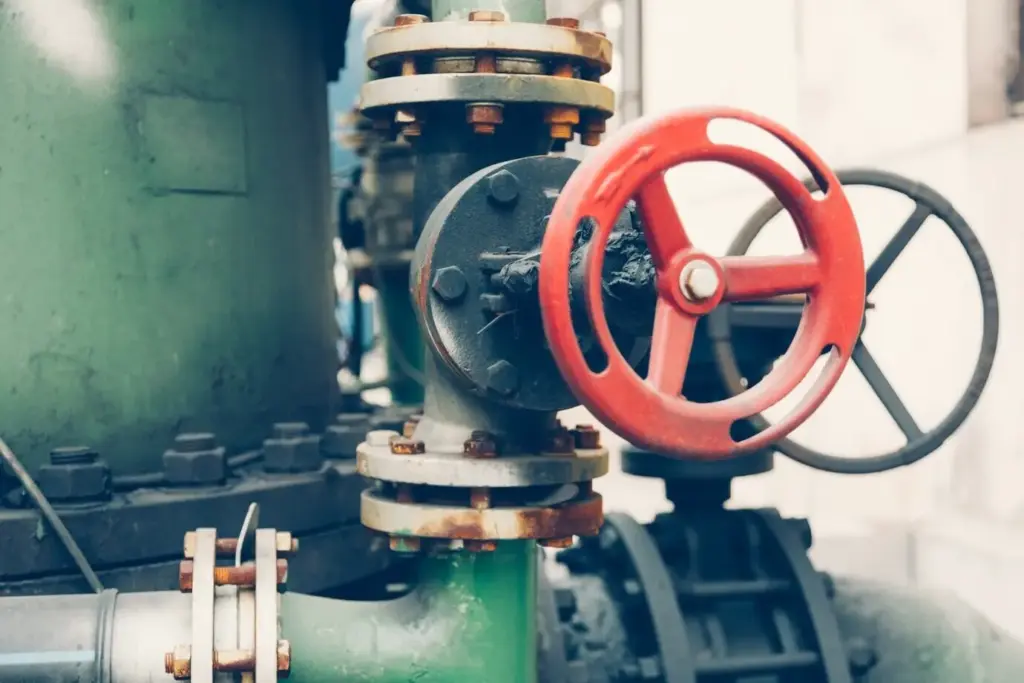Cradle-to-Cozy: Tracing the Carbon Footprint of Green Insulation
Join us as we follow the lifecycle carbon footprint of eco-friendly home insulation options—from sourcing and manufacturing to installation, decades of performance, and end-of-life choices—so you can understand real climate impacts, avoid greenwashing, and confidently choose materials that warm rooms without warming the planet. We’ll translate numbers into stories, compare trade-offs with clarity, and invite your questions so our community’s choices keep getting smarter together.
Where Materials Begin: Sourcing and Nature’s Ledger
Before any wall becomes quieter, warmer, and more efficient, fibers and boards trace routes through fields, forests, and recycling yards. We explore how plant growth sequesters carbon, how recovered paper avoids landfill methane, and how mining or smelting inputs shape embodied emissions. Transport distances, fertilizer choices, forestry stewardship, and community-scale sourcing all add up. Share your local suppliers or farm connections in the comments to help others shorten supply chains and lower their upfront footprint.






Inside a Cellulose Mill
Cellulose facilities typically rely on sorting, shredding, fiber expansion, and dust control, with borate or alternative fire retardants applied by precise dosing. Compared with melting processes, electricity needs are lower, though ventilation and filtration systems must manage fibers responsibly. Regional mills can adjust to local paper streams, stabilizing quality while cutting transport miles. Ask suppliers about renewable electricity sourcing, equipment efficiency upgrades, and material loss rates. Real answers reveal the difference between thoughtful stewardship and superficial marketing claims.
Wood Fiber Boards and Steam
Wood fiber insulation transforms low-grade wood or byproducts into rigid or semi-rigid boards using defibration, steam, and pressing, sometimes with lignin acting as a natural binder. Process energy and drying steps dominate emissions, yet residues can fuel on-site boilers, closing loops. Sourcing from responsibly managed forests safeguards carbon stocks and biodiversity. Request documentation on moisture content, press temperatures, and energy sources. Your experiences with product density, edge durability, and cutting waste will help others estimate both performance and embodied impacts.
The Furnace Reality of Mineral Wool
Mineral and glass wool require furnaces exceeding a thousand degrees Celsius, so their footprint hinges on fuel mix, electricity carbon intensity, and heat recovery systems. Recycled content helps, but binders and formaldehyde-free formulations also matter for health and emissions. Continuous production lines can be remarkably efficient when optimized. Ask manufacturers for environmental product declarations, process heat details, and purge gas handling. If you have performance data from blower door tests after installation, share it to connect factory metrics with real-world outcomes.

Installation, Airtightness, and Measured Comfort
How materials are installed can outweigh many factory-level differences. Dense-pack cellulose, carefully fitted wood fiber boards, and well-detailed mineral wool can dramatically reduce air leakage and thermal bridging, multiplying operational savings. Vapor control, wind-tightness, and continuity at transitions are decisive. Field tests—especially blower door results and infrared scans—turn intentions into verified performance. Tell us which details tripped you up, which tapes or membranes earned trust, and how your chosen system changed comfort, noise, or dust in daily living.
Heating-Dominated Regions
In subarctic and cold continental climates, thicker insulation layers and continuous exterior strategies often deliver rapid carbon payback by slashing heating loads. Dense-pack cellulose excels in cavity fills, while wood fiber wraps elevate surface temperatures and comfort. Pay special attention to ice dam prevention, air barrier sequencing, and ventilation. Share case photos and blower door metrics from winter projects. Your insights can guide others to select assemblies that lock in savings without moisture surprises or excessive material use.
Hot-Humid Strategies
When summers are steamy, drying potential and vapor-smart materials protect structure and indoor air quality. Aim for airtightness without trapping moisture, and coordinate shading, ventilation, and dehumidification. Lighter-colored roofs, radiant barriers, and carefully sealed ducts complement insulation choices. Bio-based options can perform beautifully when details manage inward vapor drives. Tell us which membranes, sealants, and installation sequences kept walls safe through hurricane seasons. Practical experience helps translate technical guidance into assemblies that remain resilient and low-carbon for decades.
Mixed Climates and Retrofits
Mixed climates demand flexible assemblies that tolerate shoulder seasons, directional vapor drives, and evolving HVAC upgrades. Retrofits add constraints: existing framing irregularities, limited depth, or historic facades. Blown cellulose can adapt gracefully, while exterior wood fiber retrofits add continuous insulation without gutting interiors. Share how you navigated window alignment, flashing continuity, and siding reuse. Documented compromises—paired with measured outcomes—equip others to cut carbon and drafts even when ideal details are impossible due to budget, time, or heritage requirements.


After the Comfort: Reuse, Recycling, and Low-Impact Farewells
A low-carbon story should end as thoughtfully as it begins. Design for disassembly keeps fibers clean and accessible, avoiding adhesives that trap value. Cellulose can be re-blown or composted under the right conditions; wood fiber can be repurposed or converted to biochar; mineral wools can be recovered or downcycled depending on contamination. Plan pathways during design, label layers, and keep documentation handy. Tell us how you salvaged materials and what local facilities accepted them without drama or delays.
Choose with Confidence: Tools, Labels, and Candid Questions
Clarity grows when data meets experience. Environmental Product Declarations reveal cradle-to-gate and beyond, while functional comparisons translate kilograms of CO2e into comfort delivered per square meter and per degree. Look for transparent system boundaries, credible PCRs, and third-party verification. Pair EPDs with energy models, blower door tests, and moisture simulations to capture whole-assembly reality. Subscribe for future deep dives, share your EPD screenshots, and post the questions you wish suppliers answered plainly during your last project.
All Rights Reserved.